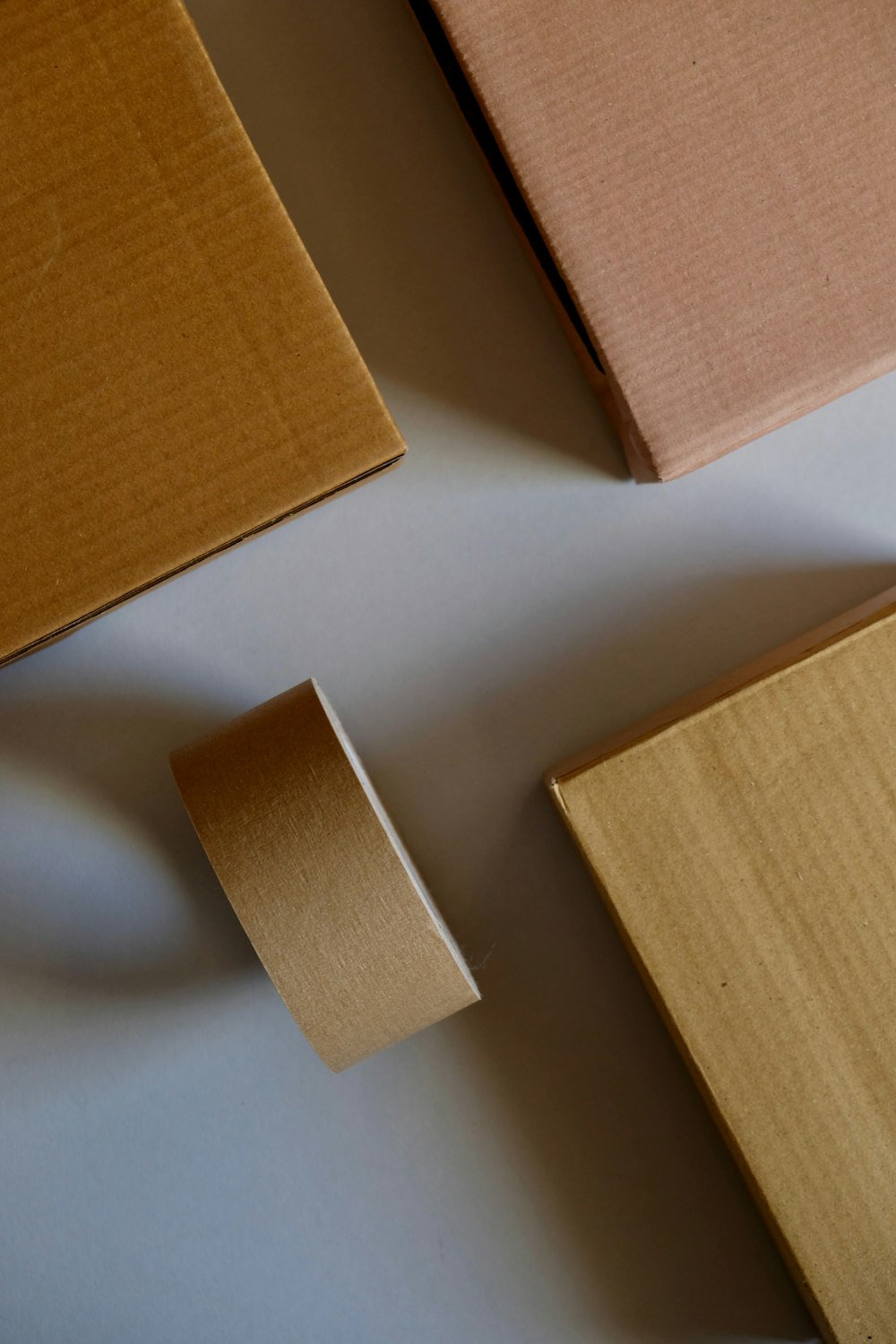Introduction:
Debian packages, or DEBs, are a standard way of packaging software for Debian-based Linux distributions. Creating your own DEB package allows you to easily distribute and install your software on Debian, Ubuntu, and other related systems.
Prerequisites:
Before we start, make sure you have the following tools installed on your system:
- build-essential: Install the essential build tools.
sudo apt-get install build-essential
- devscripts: Install scripts for Debian package development.
sudo apt-get install devscripts
Step 1: Set Up the Package Directory Structure
Create a directory for your package and navigate into it:
mkdir mypackage
cd mypackage
Inside this directory, create the necessary subdirectories:
mkdir -p DEBIAN usr/bin
DEBIAN: Contains control files.usr/bin: Where your executable files will be placed.
Step 2: Create the Control File
Inside the DEBIAN directory, create a file named control with the package metadata:
nano DEBIAN/control
Add the following content, adjusting the values accordingly:
Package: mypackage
Version: 1.0
Section: utils
Priority: optional
Architecture: all
Maintainer: Your Name <your@email.com>
Description: Short description of your package
Long description providing more details about your package.
Save the file and exit.
Step 3: Add Executable Files
Place your executable files in the usr/bin directory. For example, if your program is named myprogram, copy it into usr/bin:
cp /path/to/your/myprogram usr/bin/
Step 4: Set Permissions
Ensure that your executable files have the correct permissions:
chmod 755 usr/bin/myprogram
Step 5: Build the Package
Navigate back to the main package directory and build the package:
dpkg-deb --build mypackage
This will create a .deb file in the current directory.
Step 6: Install and Test the Package
Install the package using:
sudo dpkg -i mypackage.deb
Now, test your program:
myprogram
Conclusion:
Congratulations! You’ve successfully created and installed your Debian package. This guide covers the basics, and as you become more familiar with packaging, you can explore advanced features and optimizations.
Remember, Debian packaging is a broad topic, and this guide provides a starting point. As you delve deeper, refer to the official Debian packaging documentation for a comprehensive understanding.
Happy packaging!
